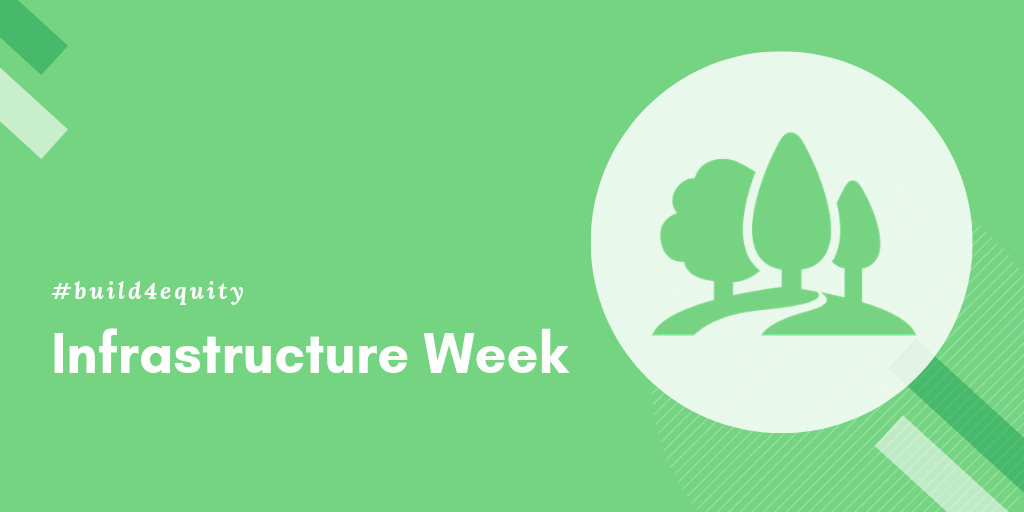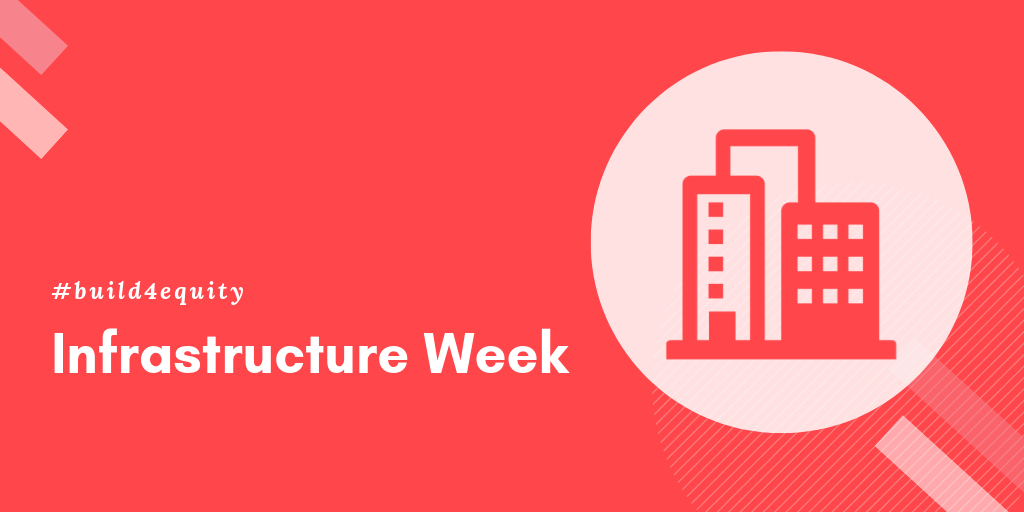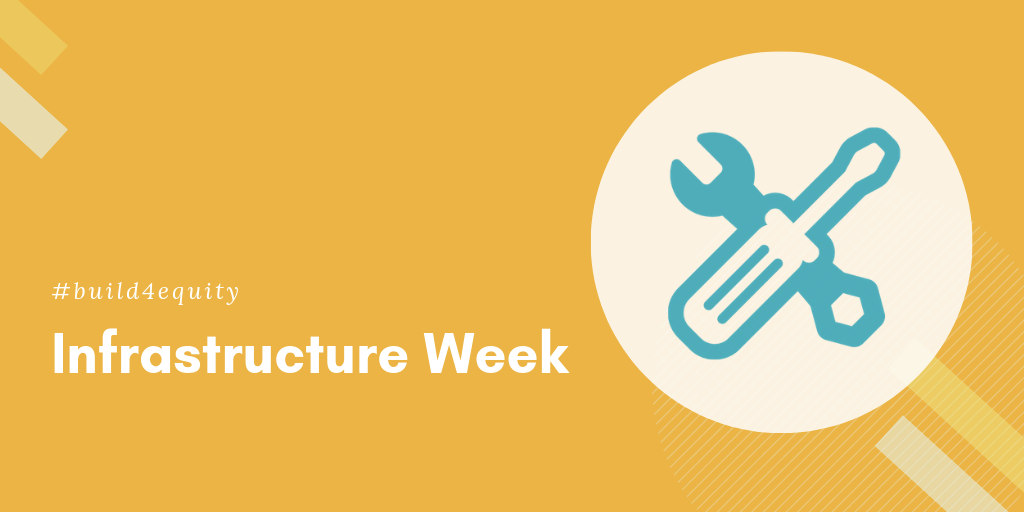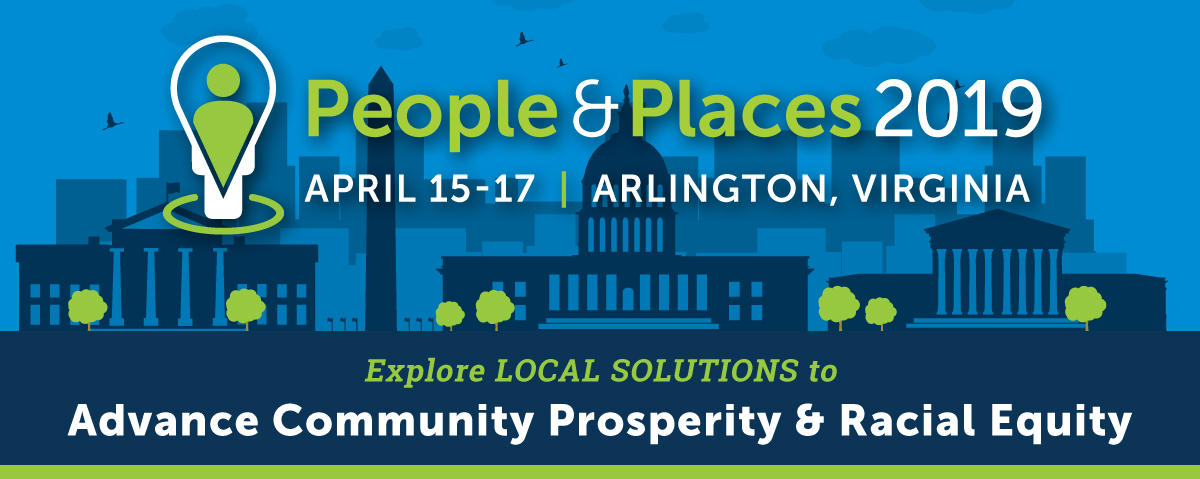Making Progress Towards Park Equity

“Successful parks are markers of healthy communities: children play; families spend time together; people of all ages exercise and relax; and the environment adds to the beauty, security, and economic value of the neighborhood. On the other hand, neglected, dangerous, poorly maintained, or badly designed parks and recreation facilities have the opposite effect: families and young children stay away, illicit activities proliferate, and the property becomes a threatening or discouraging eyesore. To remain community assets, parks and recreation facilities need adequate budgets, good management, and a strong connection with residents.”
Since PolicyLink wrote those words in 2006, parks equity has become more widely understood as a core component of good city-building policies and practices. During 2019 Infrastructure Week, we should celebrate that awareness but double down on our commitment to achieve more tangible results. The case for community parks and trails as drivers of economic growth and rising property values has been repeatedly and effectively made and signature projects such as the Atlanta Beltline and the New York High Line have shown how places can be revitalized through the smart activation of green space. But with the growth bonuses from parks have come sharp questions about who gets to live near them and enjoy their benefits, as gentrification and displacement concerns have become more urgent in many cities. The essential role of parks in creating conditions that advance health and well-being has similarly been well documented. Children, youth, and adults of all ages need easy access to places to exercise, play, gather as a community and seek respite from the stress of daily life. Here too, though the equity challenges remain, as parks not favored by wealthy donors are often chronically underfunded, which undercuts operations and maintenance as well as acquisitions.
Progress towards parks equity can be found in the arena of public policies, as local governments have explored new models for financing, from new twists on familiar taxes, bonds and fees, to new guidance for conservancies and public-private partnerships, to more innovative methods for capturing the value of adjacent development or establishing land trusts. Each of these mechanisms can be assessed with respect to who bears the financial burden, who benefits, and who makes the decisions. Cities should adopt the more equitable paths to new funding and allocation of resources, and states and the federal government should encourage and incentivize the right choices with their bond and grant program. [The Urban Institute is exploring strategies for investing in equitable parks for City Parks Alliance, and a report will be released later in 2019].
The most exciting frontier for parks equity might be at the level of individual projects where local organizations have built or revitalized parks in low-income communities by incorporating arts and cultural strategies into their approach. For example, Zuni Pueblo, New Mexico, is a place of powerful cultural and spiritual resilience. The Zuni nation has survived hundreds of years of systematic oppression and disempowerment while maintaining cultural and linguistic integrity. In the past few years, the Zuni Youth Enrichment Project (ZYEP) has worked with partners to offer youth programs that emphasize the importance of Zuni language acquisition, traditional agriculture practices, Pueblo art forms, traditional songs and dances, culturally significant sites, oral storytelling, and connection to the elders. These culturally enriching activities are designed to promote physical activity, improve nutrition, and provide a safe space where Zuni youth can connect to positive role models. Recently, ZYEP used philanthropic resources from ArtPlace America to build a new park and community center. They were advised by a committee of six Zuni artists who were partners through every phase of the park’s development. The artists acted as mediators, organizers (introducing staff to new community partners), designers who worked with the architects, and even builders who constructed parts of the park. Because of the artists’ cultural and creative lens, the park has wrapped the resilience of Zuni cultural traditions around present and future Zuni generations.
In Philadelphia, the Fairmount Park Conservancy believes that parks have the potential to serve as the city’s great connector and equalizer, and as catalysts for positive change. As a champion for the city’s public parks and recreation system, the organization’s mission and work has evolved beyond fundraising to becoming a collaborative leader and partner, focusing more strategically on planning, project management, program development, and community engagement. FPC used support from ArtPlace to utilize the arts to strengthen the organization’s mission and values. By forging new partnerships with artists and cultural producers, they worked with residents of the Strawberry Mansion area to illustrate their neighborhood history and opened up a previously unfamiliar historic house as a welcoming center for community performances and exhibits. The Conservancy became better equipped to tap into critical community voices to ensure that current and future planning and decision-making processes for new park investments are truly collaborative.
These stories from Zuni and Philadelphia are featured in the December 2018 issue of Parks and Recreation, the National Recreation and Park Association magazine.


